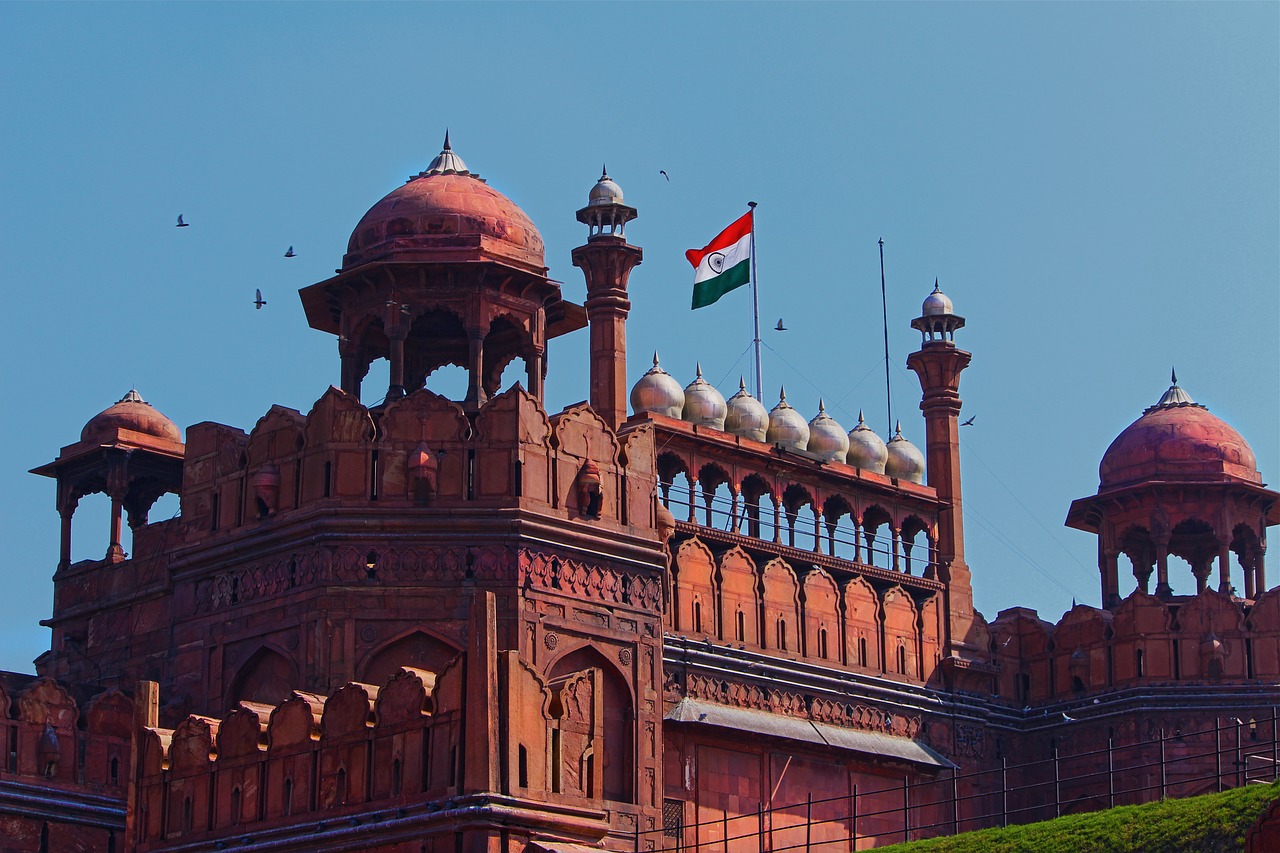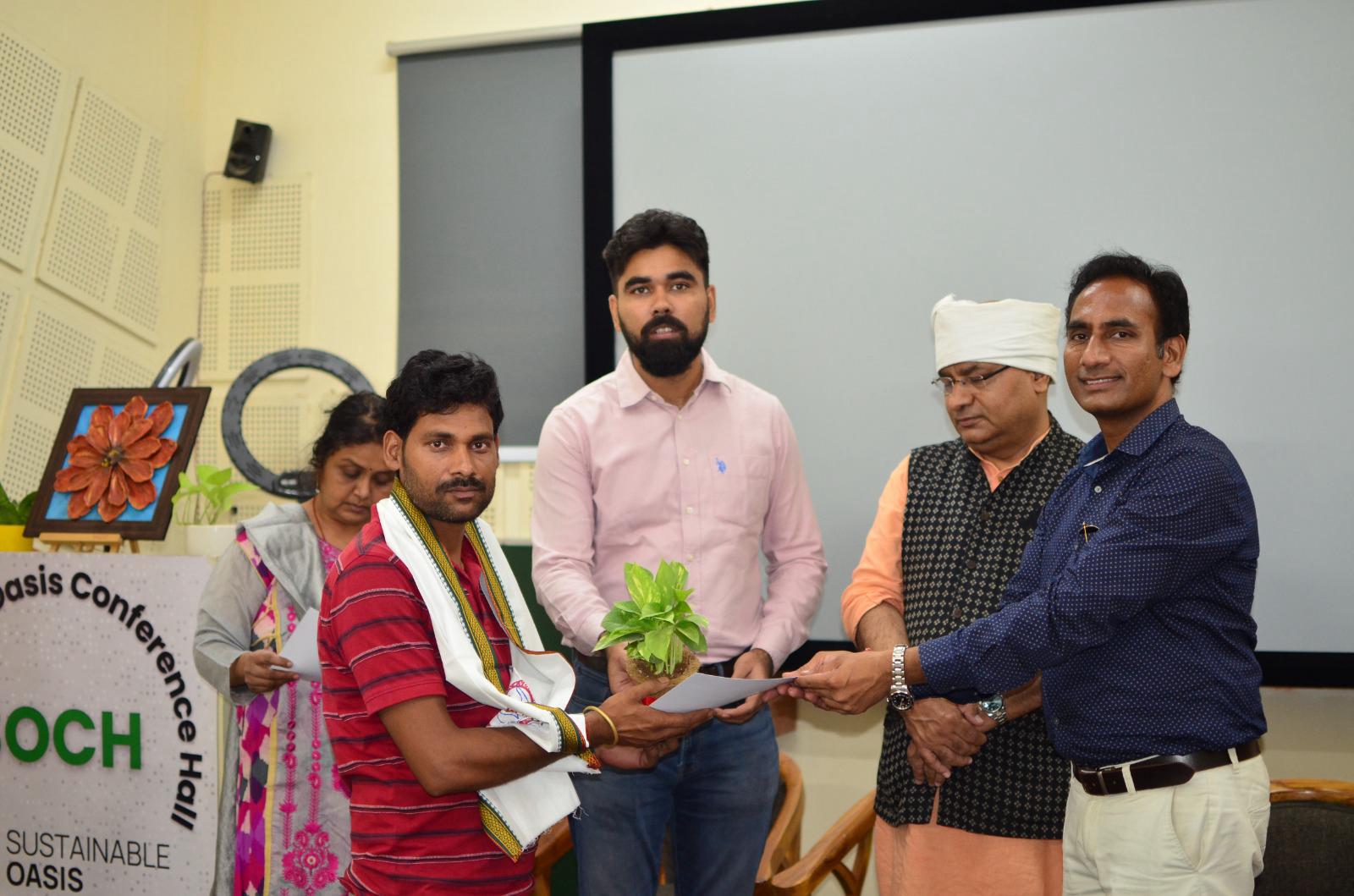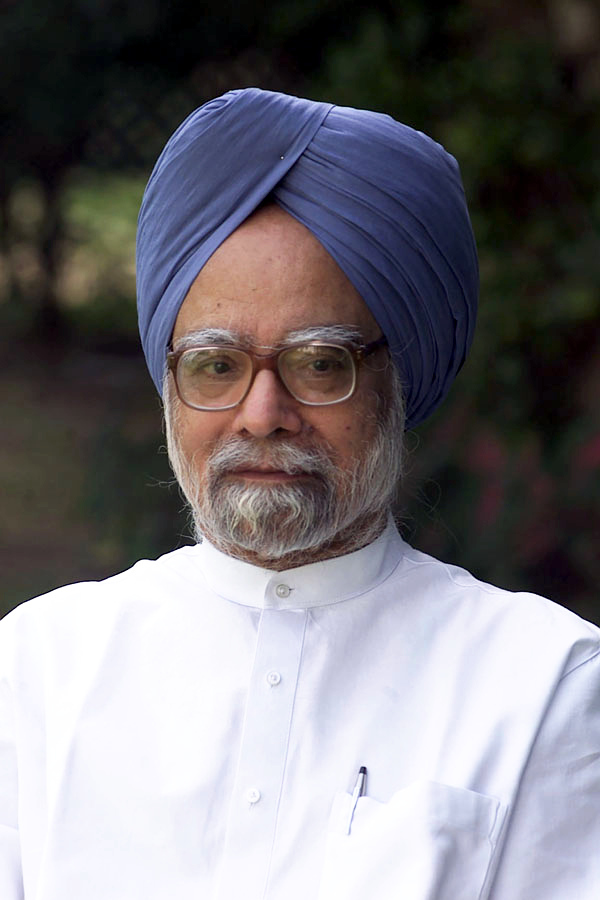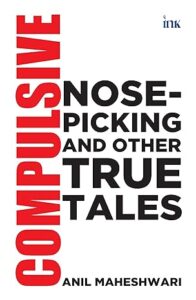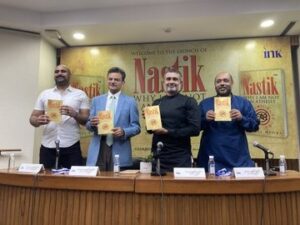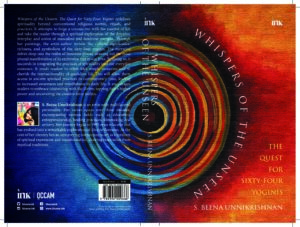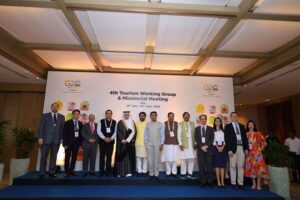Rs 6,000-cr package can boost employment in textile sector
Ravi Shanker Kapoor | June 24, 2016 10:20 pm
The Narendra Mod government’s special package for employment generation and export promotion in the textile sector is indeed a good move. The government’s objectives are ambitious—one crore jobs in the textile and apparel industry, a cumulative increase of $30 billion in exports, and investment of Rs 74,000 crore over the next three years. Even if the actual achievements are below the targets, the impact is likely to be substantial, considering that the sector is the second-largest job creator after agriculture.
The government has announced a social security programme, pledging to “bear the entire 12 per cent of the employers’ contribution of the Employers Provident Fund Scheme for new employees of garment industry for first three years who are earning less than Rs 15,000 per month,” an official press release said.
At present, 8.33 per cent of the employer’s contribution is already being provided by the government under Pradhan Mantri Rozgar Protsahan Yojana (PMRPY). The Ministry of Textiles shall provide additional 3.67 per cent of the employer’s contribution amounting to Rs 1,170 crore over the next three years.
The EPF, however, will be made optional for employees earning less than Rs 15,000 per month. “This shall leave more money in the hands of the workers and also promote employment in the formal sector.”
The new package has increased overtime caps. “Overtime hours for workers not to exceed eight hours per week [is] in line with ILO [International Labor Organization] norms. This shall lead to increased earnings for the workers.”
The package has also introduced fixed-term employment. Looking at the seasonal nature of the industry, fixed-term employment shall be introduced for the garment sector, the release said. “A fixed-term workman will be considered at par with permanent workman in terms of working hours, wages, allowanced and other statutory dues.”
It has also announced additional incentives under the Amended Technology Upgradation Fund Scheme (TUFC). “The package breaks new ground in moving from input- to outcome-based incentives by increasing subsidy under Amended-TUFS from 15 per cent to 25 per cent for the garment sector as a boost to employment generation. A unique feature of the scheme will be to disburse the subsidy only after the expected jobs are created.”
There is also a provision of enhanced duty drawback coverage. “In a first of its kind move, a new scheme will be introduced to refund the state levies which were not refunded so far. This move is expected to cost the exchequer Rs 5,500 crore but will greatly boost the competitiveness of Indian exports in foreign markets.”
Drawback at the all industries rate will be given for domestic duty paid inputs even when fabrics are imported under the Advance Authorization Scheme, said the official release.
The new package has also enhanced the scope of Section 80JJAA of the Income Tax Act. “Looking at the seasonal nature of garment industry, the provision of 240 days under Section 80JJAA of Income Tax Act would be relaxed to 150 days for garment industry.”
Being a mix of impetus and social security, the package intends to galvanize the sector without burdening the exchequer too much. This is unlike the revenue-guzzling populist measures announced by the Congress-led United Progressive Alliance when it was in power.
The package does have the potential of lifting up the sector. If and when it happens, employment generation—which is the weak point of this government—will get a leg up.

